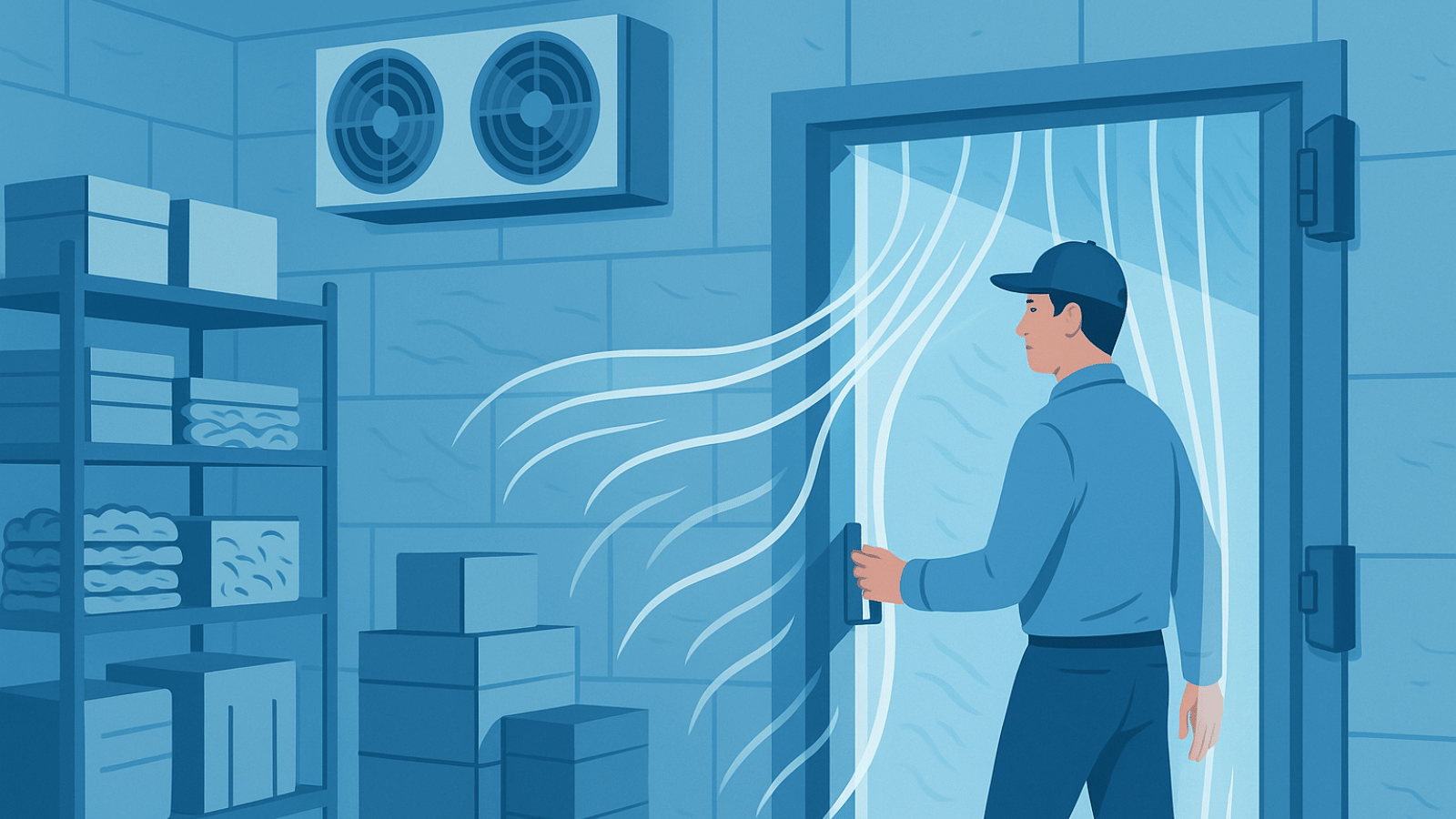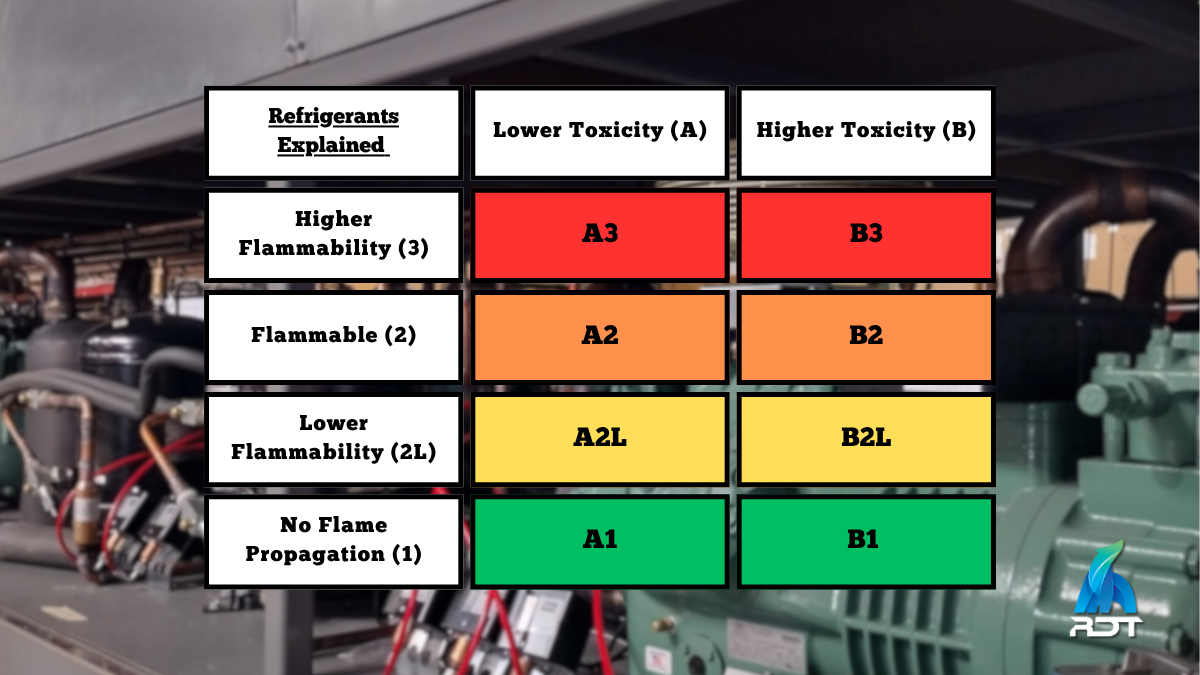2 min read
Whether managing a kitchen, lab, retail space, or healthcare facility, commercial cold storage is mission-critical. But every time cold air leaks from a walk-in cooler or freezer, businesses spend more on energy and put inventory at risk. O...
Read More


.png?width=500&name=RDT%20WRAPPED%20(1).png)









